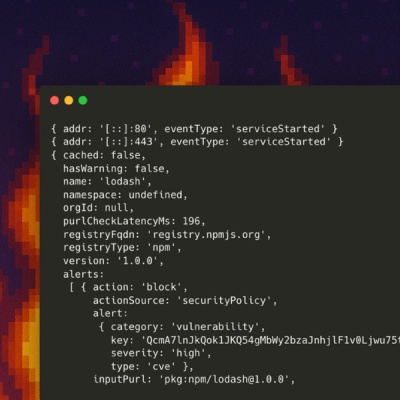


Featured on GitHub's Trending Python repos on May 25, 2018. Thank you so much for support!
145+ extra higher-level functional tools that go beyond standard library's itertools, functools, etc. and popular third-party libraries like toolz, funcy, and more-itertools.
-
Like toolz and others, most of the tools are designed to be efficient, pure, and lazy. Several useful yet non-functional tools are also included.
-
While toolz and others target basic scenarios, this library targets more advanced and higher-level scenarios.
-
A few useful CLI tools for respective functions are also installed. They are available as extratools-[func].
Full documentation is available here.
Why this library?
Typical pseudocode has less than 20 lines, where each line is a higher-level description. However, when implementing, many lower-level details have to be filled in.
This library reduces the burden of writing and refining the lower-level details again and again, by including an extensive set of carefully designed general purpose higher-level tools.
Current status and future plans?
There are currently 140+ functions among 17 categories, 3 data structures, and 3 CLI tools.
This library is under active development, and new tools are added on weekly basis.
- Any idea or contribution is highly welcome.
Besides many other interesting ideas, I am planning to make the following updates in recent days/weeks/months.
-
Add dicttools.unflatten and jsontools.unflatten.
-
Add trie and suffixtree (according to generalized suffix tree).
-
Update seqtools.align to support more than two sequences.
No plan to implement tools that are well covered by other popular libraries.
Which tools are available?
Any example?
Here are ten examples out of our hundreds of tools.
import json
from extratools.jsontools import flatten
flatten(json.loads("""{
"name": "John",
"address": {
"streetAddress": "21 2nd Street",
"city": "New York"
},
"phoneNumbers": [
{
"type": "home",
"number": "212 555-1234"
},
{
"type": "office",
"number": "646 555-4567"
}
],
"children": [],
"spouse": null
}"""))
from math import inf
from extratools.rangetools import gaps
list(gaps(
[(-inf, 0), (0.1, 0.2), (0.5, 0.7), (0.6, 0.9)],
(0, 1)
))
from extratools.recttools import heatmap
heatmap(
((1, 1), (3, 4)),
3, 4,
[(1.5, 1.25), (1.5, 1.75), (2.75, 2.75), (2.75, 3.5), (3.5, 2.5)]
)
heatmap(
((1, 1), (3, 4)),
3, 4,
[(1.5, 1.25), (1.5, 1.75), (2.75, 2.75), (2.75, 3.5), (3.5, 2.5)],
usepos=True
)
from extratools.settools import setcover
list(setcover(
{ 1, 2, 3, 4, 5},
[{1, 2, 3}, {2, 3, 4}, {2, 4, 5}]
))
from extratools.seqtools import compress
list(compress([1, 2, 2, 3, 3, 3, 4, 4, 4, 4]))
from extratools.seqtools import mergeseqs
seqs = [
(0 , 0 , None, 0 ),
(None, 1 , 1 , None),
(2 , None, None, None),
(None, None, None, None)
]
list(mergeseqs(seqs[1:]))
list(mergeseqs(seqs))
strtools.smartsplit(s) finds the best delimiter to automatically split string s. Returns a tuple of delimiter and split substrings.
from extratools.strtools import smartsplit
smartsplit("abcde")
smartsplit("a b c d e")
smartsplit("/usr/local/lib/")
smartsplit("a ::b:: c :: d")
smartsplit("{1, 2, 3, 4, 5}")
from extratools.strtools import learnrewrite
learnrewrite(
"Elisa likes Apple.",
"Apple is Elisa's favorite."
)
from extratools.tabletools import parsebymarkdown
list(parsebymarkdown("""
| foo | bar |
| --- | --- |
| baz | bim |
"""))
from extratools.tabletools import hasheader
t = [
['Los Angeles' , '34°03′' , '118°15′' ],
['New York City', '40°42′46″', '74°00′21″'],
['Paris' , '48°51′24″', '2°21′03″' ]
]
hasheader(t)
hasheader([
['City', 'Latitude', 'Longitude']
] + t)
hasheader([
['C1', 'C2', 'C3']
] + t)
How to install?
This package is available on PyPI. Just use pip3 install -U extratools to install it.
To enable all the features, please install extra dependencies by pip3 install -U sh RegexOrder TagStats.
How to cite?
When using for research purpose, please cite this library as follows.
@misc{extratools,
author = {Chuancong Gao},
title = {{extratools}},
howpublished = "\url{https://github.com/chuanconggao/extratools}",
year = {2018}
}
Any recommended library?
There are several great libraries recommended to use together with extratools:
regex sortedcontainers toolz sh






